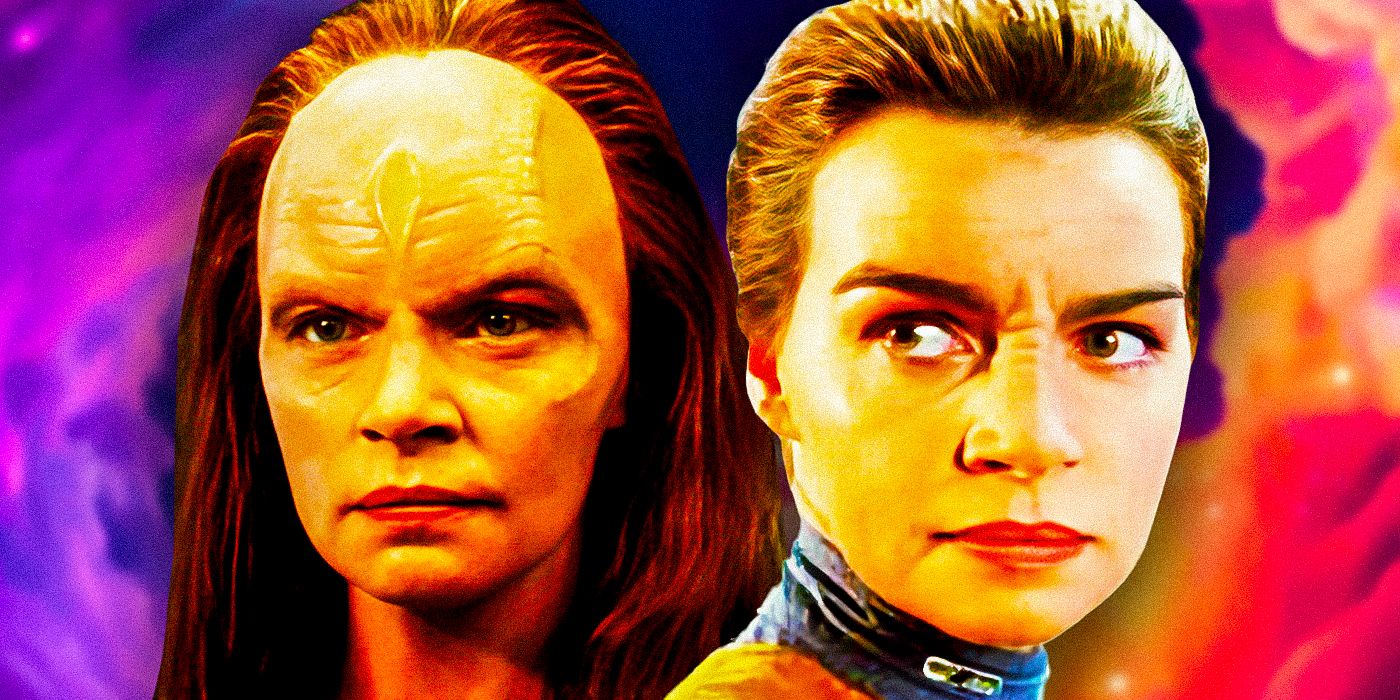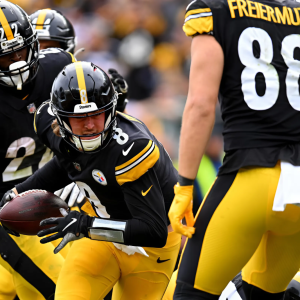Star Trek: Voyager killed Seska off in the season 3 premiere, but actor Martha Hackett felt that the way Seska’s death was handled was a mistake.

Summary
- Martha Hackett thought Seska’s Star Trek: Voyager death was a mistake due to a lack of proper confrontation with Janeway or Chakotay.
- Seska’s death was a victim of a failing storyline involving the Kazon in Voyager’s plot.
- Seska, a potentially great villain, was underutilized by the show’s writers, missing out on her full narrative potential.
Star Trek: Voyager actor Martha Hackett felt that Seska’s death at the beginning of season 3 was a mistake. Seska was first introduced in Voyager season 1, episode 3, “Parallax.” As a former Maquis and someone who had a romantic history with Commander Chakotay (Robert Beltran), Seska quickly became a recurring member of Star Trek:Voyager‘s cast throughout most of season 1, until it was revealed late in the season that she was Cardassian spy within the Maquis and had been stealing and sharing technology with the Kazon since she joined Voyager‘s crew.
Seska quickly defected to the Kazon when her deception was discovered, and became a villain for the majority of season 2, working alongside Maje Culluh (Anthony De Longis) to antagonize the USS Voyager. This culminated in the Voyager season 2 finale/season 3 premiere episode, “Basics Parts 1&2” where Seska and the Kazon briefly managed to take over the ship and strand the crew on an alien planet. Luckily, Captain Janeway (Kate Mulgrew) was able to retake Voyager and stop the Kazon for good, but this ultimately came at the cost of a few significant lives, including Seska’s.
Martha Hackett Thought That Seska’s Star Trek: Voyager Death Was A Mistake
Hackett felt that Seska’s death should have been handled differently
In an interview with Star Trek Monthly issue 34 (now called Star Trek Magazine), Martha Hackett outlined her issues with the way that Seska was killed, even going so far as to call the decision a mistake. Hackett’s bigger issue with her character’s death seemed to be the abrupt way it happened, which gave no time for a final confrontation between her and Captain Janeway or even Chakotay, the two characters she maintained the most antagonism with throughout her run. Read Hackett’s full quote below.
“I think it was a mistake to kill Seska. I just felt that if they were going to kill her off, they should have done it in a more fantastic way. It would have been interesting if it had been something that came down to being between Seska and Captain Janeway, or Seska and Chakotay. She was their nemesis, and for her to die in a ship blast seemed like an easy way out. There were other opportunities for a face-off where they couldn’t help but kill her off. But that’s just me talking. I suppose the writers felt like they were at the end of that storyline.”
Seska’s death in “Basics Part 2” was dramatic in a sense. Although being felled by a series of overloaded consoles wasn’t exactly memorable, Seska’s final attempt to reach her newborn baby in Janeway’s ready room was legitimately heartbreaking to watch. Still, Hackett’s assessment that “Basics” essentially wasted Seska’s potential is accurate. Excluding the possibility of a showdown between here and Janeway or Chakotay left a large part of her story feeling unfinished. Unfortunately, Seska was the victim of being caught up in an already failing storyline.
Why Voyager Killed Seska Off At The Beginning Of Season 3
Seska was the victim of being dragged into a dying storyline
Involving Seska in Voyager‘s Kazon storyline sealed her fate from the beginning. Unfortunately, the Kazon were nearly universally hated after their introduction in “Caretaker.” Voyager never found a way to make them work, and it was inevitable that their storyline would end not with a bang but with a whimper. If the Kazon had been the only victims of the end of season 2, it would arguably have been a victory for the show, but the storyline had the unfortunate side effect of taking Seska with it.
Seska was objectively a much more interesting nemesis than the Kazon, and a tie-back to a familiar set of Star Trek villains with her Cardassian heritage. Having her join the Kazon after betraying Voyager did make narrative sense, but had she been allowed to function on her own, the possibilities for her story might have been more expansive. If Star Trek: Voyager had given Seska more independence, her death might have ended up being closer to the one Martha Hackett envisioned, instead of an aborted ending where she felt under-utilized.





